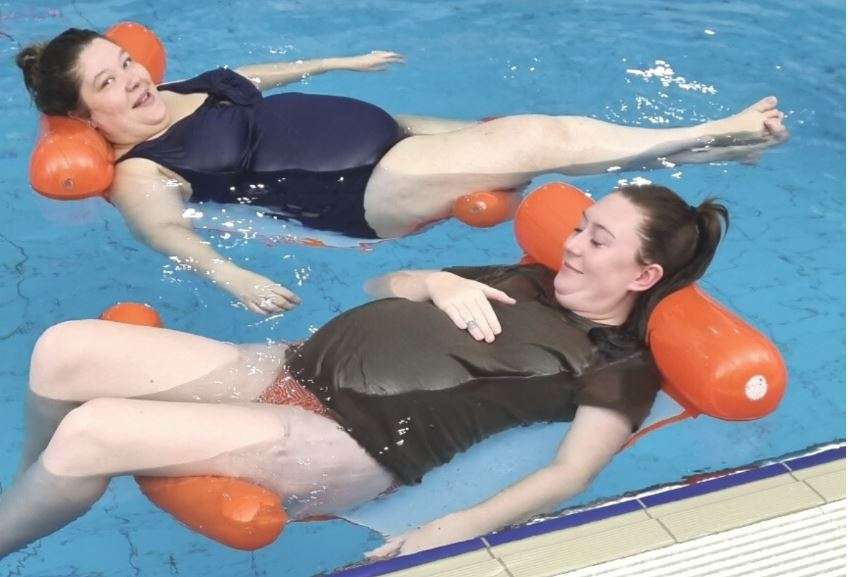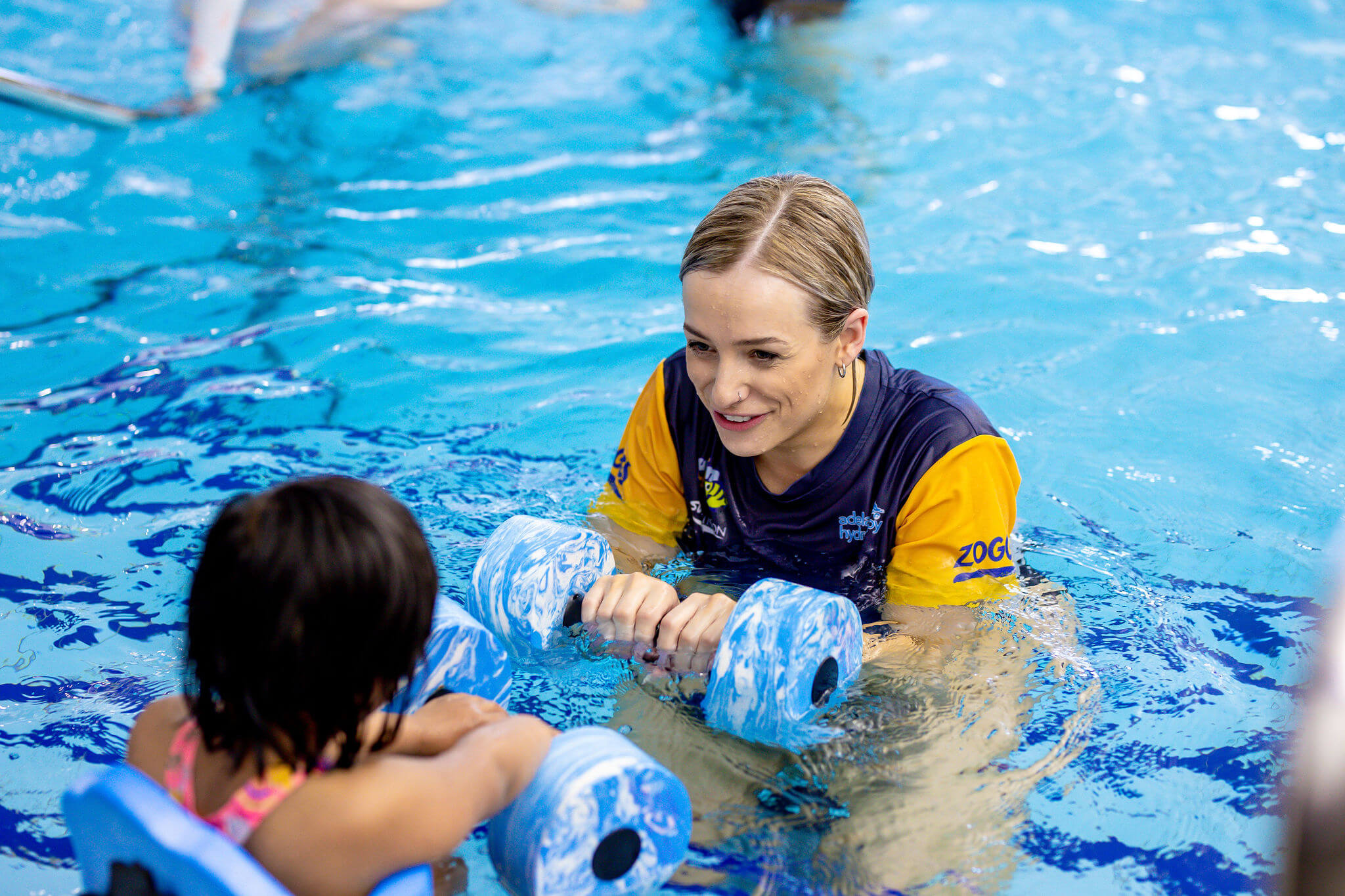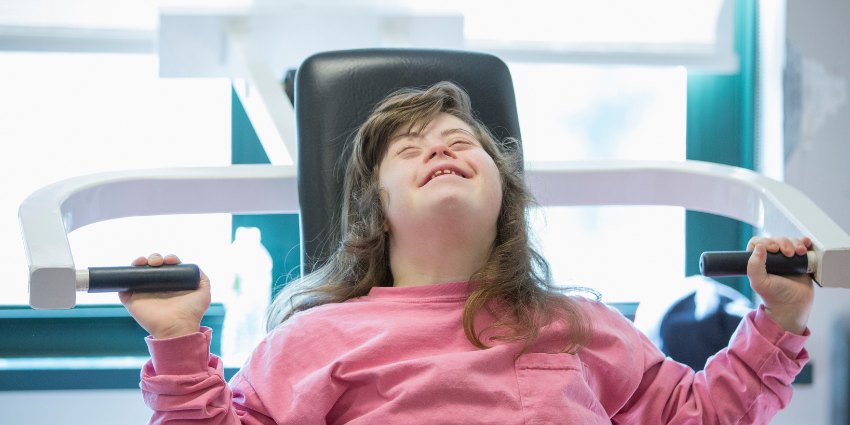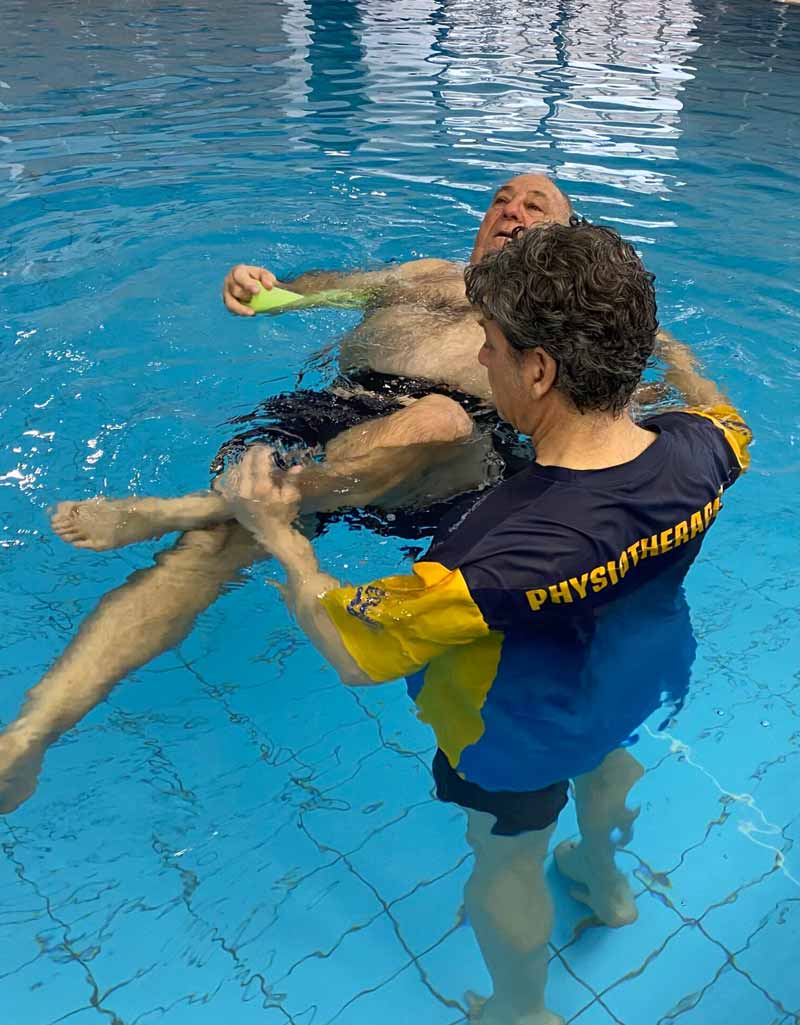Pregnancy & Water Aerobics
Pregnancy is a unique time in a woman’s life that requires special care and attention. Aquaerobics during pregnancy can help keep the body healthy, reduce the risk of complications during pregnancy and delivery, and improve mental health. Water aerobics exercises for pregnancy is an excellent option for prenatal exercise classes, offering a range of benefits that make it a great choice for expectant mothers.
Benefits of Aquaerobics during pregnancy
Low-impact exercise:
As pregnancy progresses, the added weight of the baby can put a strain on the joints and muscles. Water aerobics provides a low-impact workout that is gentle on the body, reducing the risk of injury.
Reduced swelling:
Swelling is a common symptom of pregnancy that can cause discomfort and make it difficult to move around. Water aerobics can help reduce swelling by increasing circulation and promoting lymphatic drainage.
Improved cardiovascular health:
Exercise during pregnancy can help maintain cardiovascular health, reducing the risk of gestational diabetes and hypertension. Pregnancy Aquaerobics provides a cardiovascular workout that is safe and effective for pregnant women.
Exercise during pregnancy can help maintain cardiovascular health, reducing the risk of gestational diabetes and hypertension. Pregnancy Aquaerobics provides a cardiovascular workout that is safe and effective for pregnant women.
Improved balance:
As pregnancy progresses, the body’s centre of gravity shifts, making it more difficult to maintain balance. Water aerobics provides a supportive environment that can help improve balance and reduce the risk of falls.
As pregnancy progresses, the body’s centre of gravity shifts, making it more difficult to maintain balance. Water aerobics provides a supportive environment that can help improve balance and reduce the risk of falls.
Reduced stress:
Pregnancy can be a stressful time, with many physical and emotional changes occurring. Exercise can help reduce stress levels, and water aerobics provides a calming and relaxing environment that can help promote mental wellbeing. Many mothers who have come to Aquabumps at Adelaide Active Rehab & Therapy say they always have the best sleep after one of our classes.
Social Interaction:
Attending a prenatal water aerobics class provides an opportunity to meet other expectant mothers, share experiences, and build a supportive community.
Is Water Aerobics good for pregnancy?
Water aerobics is an excellent option for prenatal exercise classes, offering a range of benefits that can help keep expectant mothers healthy and comfortable throughout pregnancy. By providing a low-impact workout, reducing swelling, improving cardiovascular health and balance, reducing stress, and promoting social support, water aerobics can be a valuable tool in maintaining physical and mental well-being during pregnancy..
 At Adelaide Active, we offer a program called Aquabumps which is an aquaerobics class run on Tuesday nights. This program focuses on preparing your body for birth and postnatal recovery.
At Adelaide Active, we offer a program called Aquabumps which is an aquaerobics class run on Tuesday nights. This program focuses on preparing your body for birth and postnatal recovery.
Come along and give it a try or give us a call on 7089 6666 to find out more.





